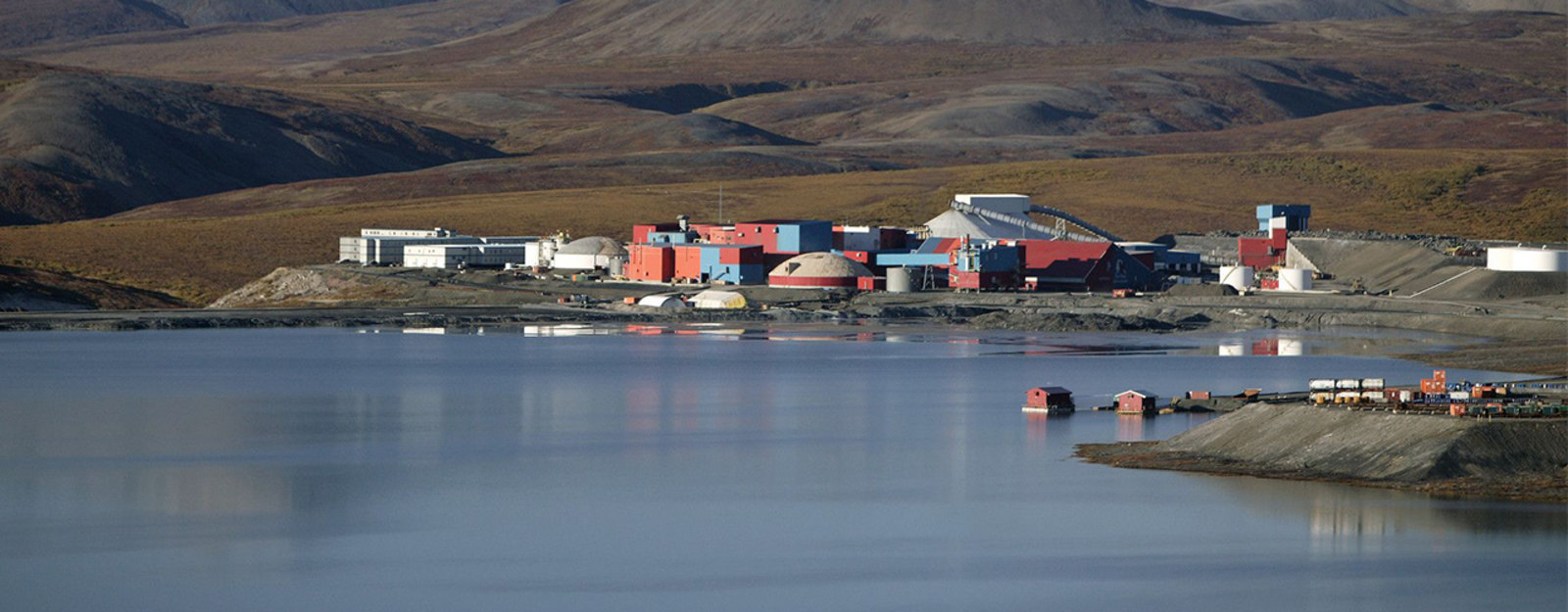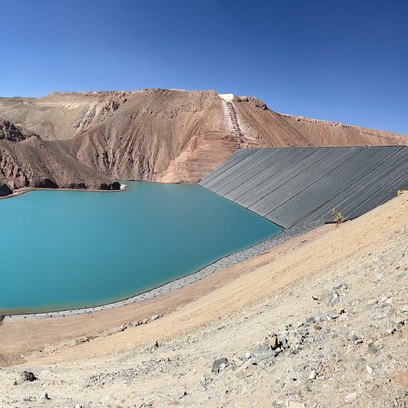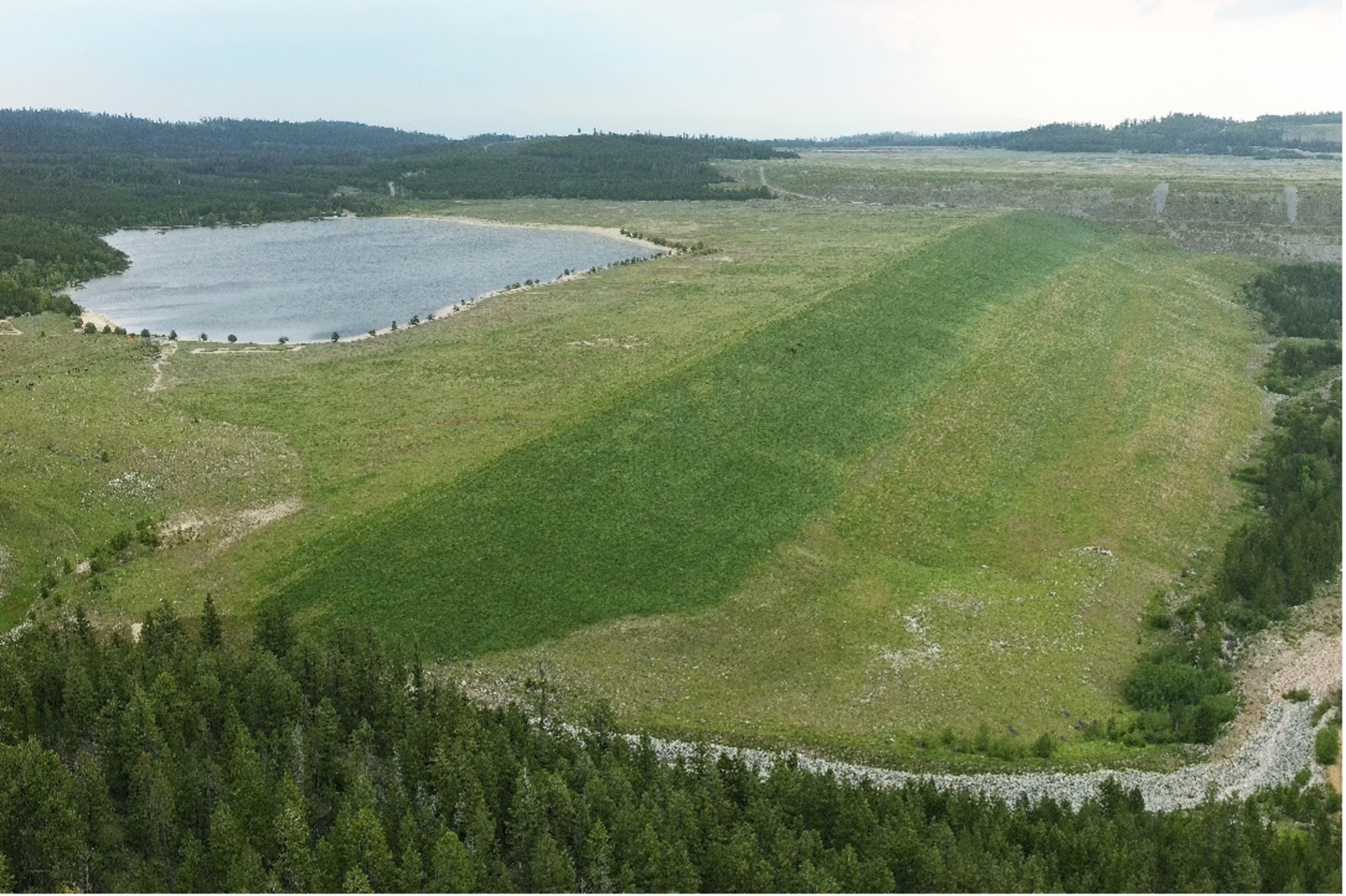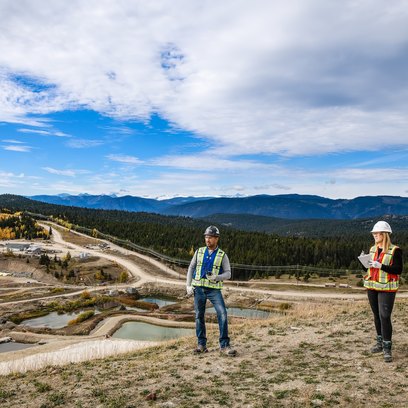Teck operates and maintains our tailings facilities to meet global best practices for safety including the Global Industry Standard on Tailings Management and other industry leading tailings governance protocols and guidelines established by the International Council on Mining and Metals (ICMM) and the Mining Association of Canada (MAC). These leading protocols are supported by applicable best practice technical and tailings management guidance from sources such as the Canadian Dam Association and the International Commission on Large Dams, which also inform Teck’s governance program.
Six Levels of Protection
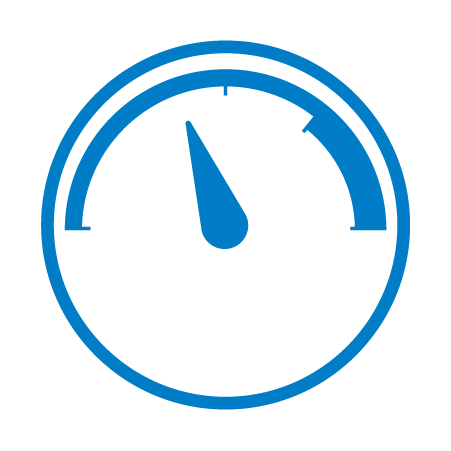
1. Surveillance Technology: Sites employ surveillance systems such as piezometers, inclinometers, pressure gauges, drones, satellite-based remote sensing and other technologies to monitor tailings embankments, abutments, natural slopes and water levels.
2. Staff Inspections: Tailings facilities are inspected by trained operators and expert technical staff as frequently as several times daily, with formal staff inspections regularly conducted at our active facilities and reported to senior management.

3. Annual Tailings Facility Performance Reviews: Formal reviews of physical performance are conducted annually by an external independent Engineer of Record for all our tailings facilities – active or inactive. Recent performance reviews for our facilities are publicly available here.

4. Detailed Third-Party Reviews: Comprehensive third-party safety reviews are conducted by qualified independent tailings experts as frequently as every three years, based upon the potential consequence for each facility.

5. Internal Governance Reviews: Teck’s Tailings Working Group conducts internal management reviews of our active and closed tailings facilities as well as our major tailings projects on a regular basis.

6. Independent Tailings Review Boards: All of our facilities, active or inactive (Legacy) have Tailings Review Boards made up of independent experts who meet regularly, at least annually, to conduct a third-party review of design, operation, surveillance and maintenance. These Boards also provide input into our internal governance and the quality of work done by our third- party engineers-of-record.
Emergency Preparedness
All Teck tailings facilities have a detailed Operations, Maintenance and Surveillance manual. All tailings facilities with credible failure scenarios and/or any appreciable potential consequence have a site-specific Mine Emergency Response Plan that includes specific preparedness and response plans for the tailings facility, which are regularly reviewed and updated. We also review Emergency Response Plans with our local communities and stakeholders and undertake community meetings and emergency drills to work through these plans and discuss our approach to tailings management.
For all facilities with a credible flow failure scenario (tailings that could credibly leave the impoundment in an uncontrolled and destructive manner), a breach and inundation evaluation is conducted to identify potentially impacted communities and waterbodies in the extremely unlikely event of a tailings incident, in order to evaluate design or mitigation strategies and to assist with emergency planning and response. Teck’s programs exist to reduce the likelihood of such catastrophic events.
Potential consequence is evaluated on the basis of the potential environmental, safety and economic effects of a failure. This ranking does not reflect likelihood of failure, but rather provides a tool to assist with facility design and emergency planning.
Transparency on Tailings
Teck is committed to being open and transparent with communities and other stakeholders regarding the construction and management of our tailings facilities. One of the most important pieces of information for each tailings facility is the Annual Facility Performance Report (AFPR). Formerly termed a Dam Safety Inspection (DSI), an AFPR is conducted annually for each tailings facility by the independent third-party Engineer of Record. The AFPR is a detailed examination of the facility and related infrastructure with the purpose of identifying any conditions or changes that might impact the safety and reliability of the structure and to make recommendations where any issues warranting attention are noted. Teck tracks the recommendations and works with the Engineer of Record to address each item in a timely manner. Follow this link for the AFPRs for Teck’s tailings facilities by site.
In response to a May 2019 request from the Investor Mining & Tailings Safety Initiative, chaired by the Church of England and Swedish Council on Ethics for the AP Funds, Teck provided specific details and information regarding our tailings facilities and our approach to tailings management.This included a detailed list of tailings facilities and details about each. This list was updated in April 2024.
Download Teck's updated Church of England and Swedish Council on Ethics Disclosure list of tailings facilities.
Focused on Continual Improvement
While we are confident in the safety and security of our tailings facilities, we are committed to continually reviewing our facilities and procedures to maintain the highest standard of safety at our operations. Following the Mt Polley Mine tailings failure in British Columbia and the Samarco and Feijão (Brumadinho) failures in Brazil, we initiated special reviews of our tailings facilities and procedures with specific attention to overall governance and any facilities that may have brittle failure potential (e.g. flow liquefaction). These reviews included external experts who were independent to any aspect of the design or operation of any of our facilities. The reviews confirmed Teck’s programs to be industry-leading and comprehensive without any concerns of a failure occurring as a result. However, these reviews also identified areas for continual improvement which we have, in turn, embedded into our overall governance program.
In addition to Global Tailings Standard (GISTM), we work in partnership with numerous local, national and international organizations to support improvements in tailings and mine waste management across our industry, including:
-
International Council on Mining and Metals (ICMM): A global industry association that represents leading international mining and metals companies. In 2021, ICMM released its Tailings Good Practice Guide which built upon the 2016 Tailings Governance Framework and Position Statement. ICMM also released a Conformance Protocol in 2021 to provide member companies an implementation pathway for the Global Standard noted above (GISTM).
-
Mining Association of Canada (MAC): A national association that promotes the development of Canada’s mining and mineral processing industry. Through MAC, we implement the Towards Sustainable Mining (TSM) program, which aids in improving industry performance. MAC’s Tailings Management Guideline has been an industry-leading document for more than 20 years and, along with the ICMM Good Practice Guide, has informed Teck’s own best practice for governance and procedures.
-
Association of Professional Engineers and Geoscientists of British Columbia: As a member company, Teck was a reviewer for the guideline for the requirements of foundation investigations for dams that was issued in 2016.
-
Australian Research Council: In 2017, Teck became part of an applied research program, along with four universities in Australia and several other mining companies, focused on finding more effective tools for predicting and avoiding tailings facility failures.
-
Canadian Dam Association: As a member of the Association, Teck’s senior technical leaders have provided input to industry guidance on best practices.
